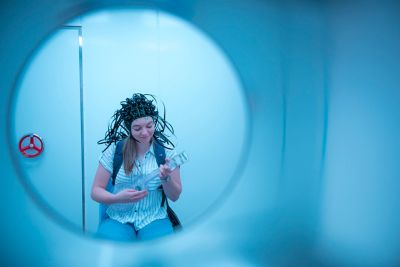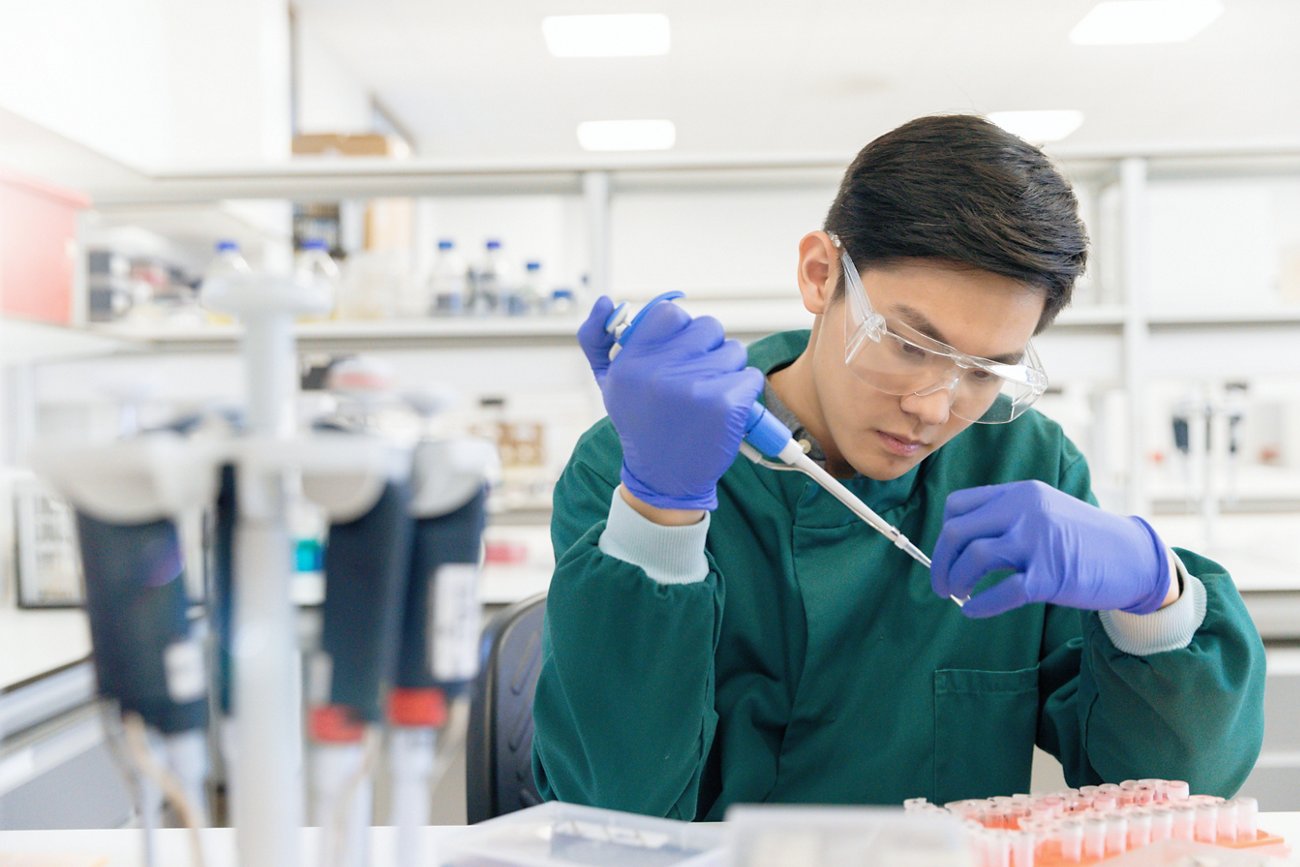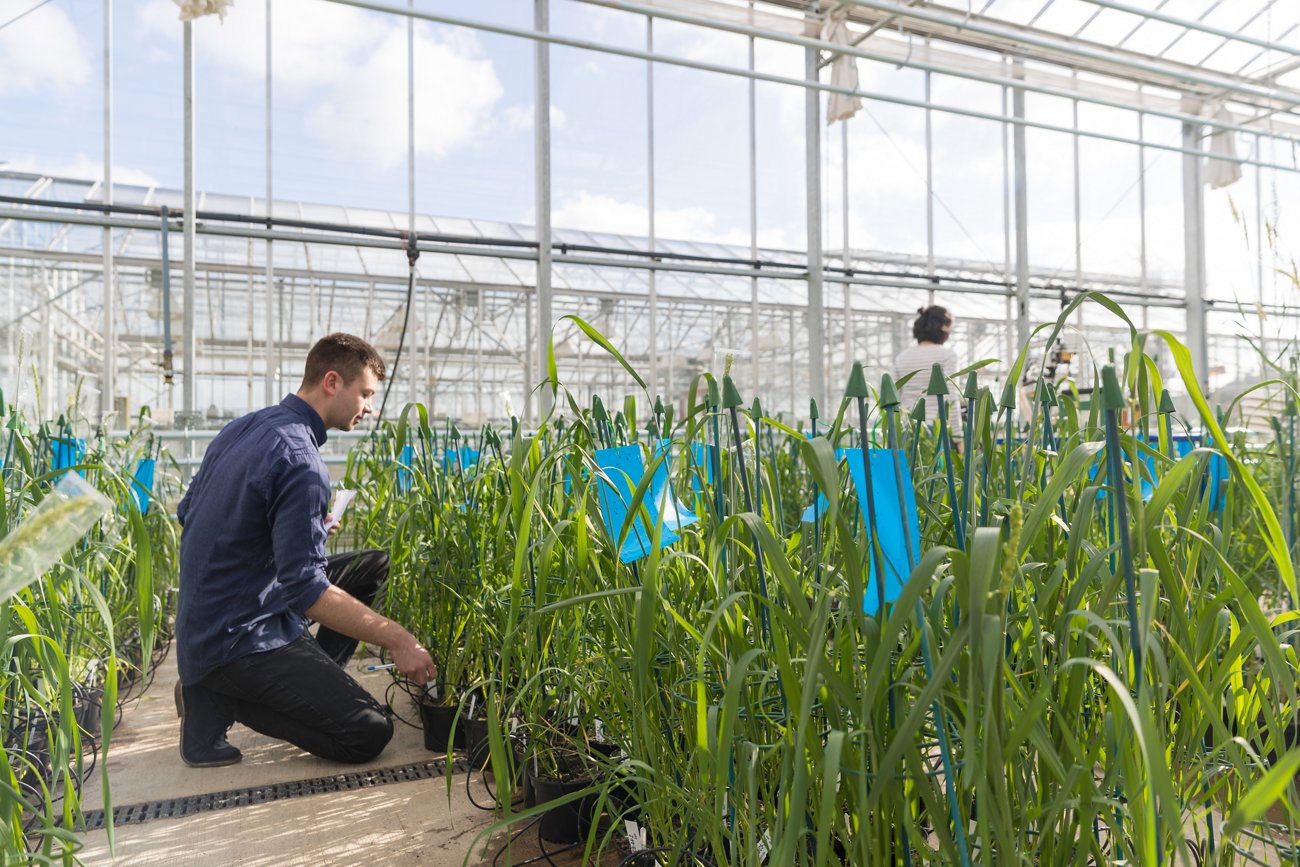
The moment you finish your final year research project is one you’ll never forget.
It’s the culmination of all the hard work you’ll put into your undergraduate degree, pulling in knowledge from modules across the spectrum of physics. It’s your chance to focus on the topics you love and shape research going forward.
We caught up with Hannah, who researched brain activity in people with schizophrenia for her third-year project. She used a brain imaging technique called magnetoencephalography (MEG) that measures electrical brain activity to compare schizophrenic brains to healthy ones.
This project allowed Hannah to combine theories from quantum physics, entropy, thermodynamics, and electromagnetism while utilising her programming skills. From this, she was able to make some really interesting observations about neurodivergent brain activity.

I loved my project! It was hands down the best thing I did in my entire degree. It brought together everything that I learnt throughout the three years of undergraduate study.
Hannah Coleman
Physics BSc




